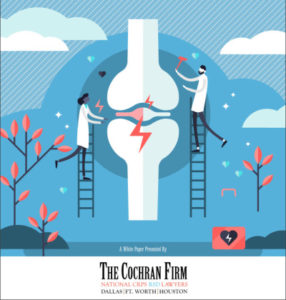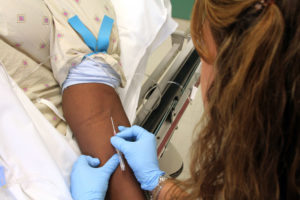Lawsuit Highlights How RSD/CRPS Often Misunderstood
Although Jim Broatch, executive vice president of the Reflex Sympathetic Dystrophy Syndrome Association, describes the pain associated with Complex Regional Pain Syndrome (CRPS) as greater than that of giving birth or having a digit amputated, there is widespread misunderstanding about the pain and limitations that those who struggle with the condition face.
In May 2013, a Spokane, Washington man who suffers from CRPS was tasered and wrestled into custody by law enforcement officers when he couldn’t keep his right arm raised after ordered to do so. The man, whose right arm normally hangs stiff along his stomach and shakes involuntarily, has filed a federal lawsuit against Spokane County and the deputy who fired the Taser, alleging excessive force and negligence.
What is CRPS?
CRPS, also known as Reflex Sympathetic Dystrophy or RSD, is a chronic pain condition that may occur after surgery, trauma, or other unknown cause. It tends to occur in phases and may affect a patient’s arms or legs. The pain experienced is quite severe and can only be controlled if treatment is begun at an early stage.
There are two main types of CRPS, according to the Mayo Clinic:
- Type 1, also known as RSD, usually results from an injury or illness that did not impact the nerves present in the limb affected by the condition.
- Type 2, known as Causalgia, is caused by an injury that directly affected the nerves present in the affected limb.
Treatment Plans
Although there is no known cure for CRPS yet, there are various treatment options available. Seattle Pain Relief Clinics are now recommending and offering more than 10 effective treatments for CRPS, giving relief to those afflicted by the debilitating condition, including:
- Over-the-counter pain medications
- Anticonvulsants
- Antidepressants
- Bone-loss medications
- Corticosteroids
- Intravenous ketamine
- Sympathetic nerve-blocking medication
- Stellate ganglion blocks
- Spinal cord stimulator implants
Physical therapy is perhaps the most effective way of dealing with RSD/CRPS, if started at an early stage. It can not only decrease the pain associated with the condition, but can also provide long-term relief and increased flexibility to patients.



